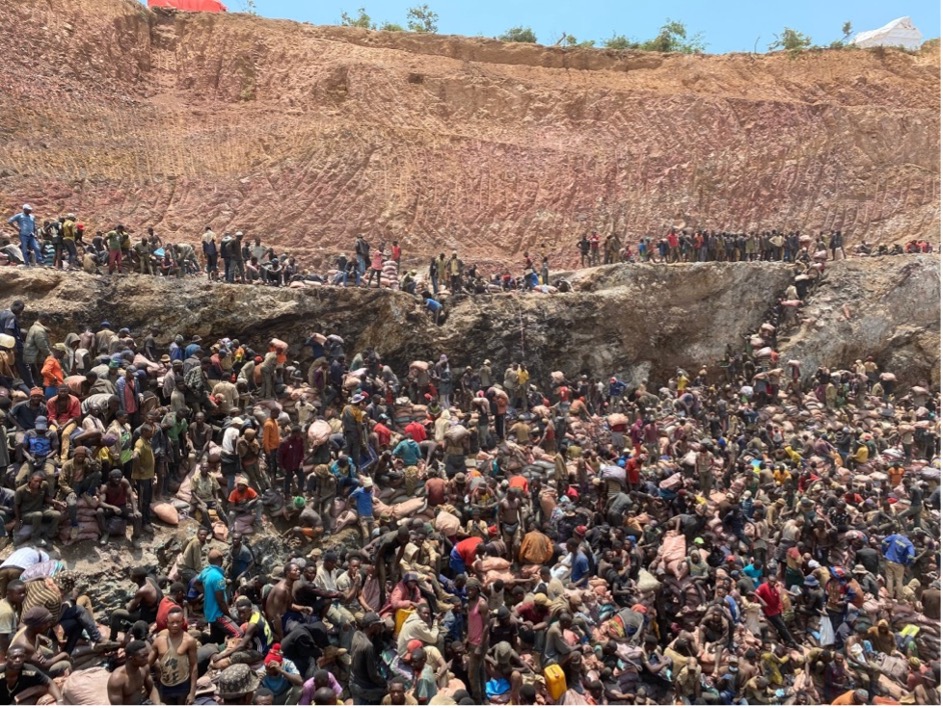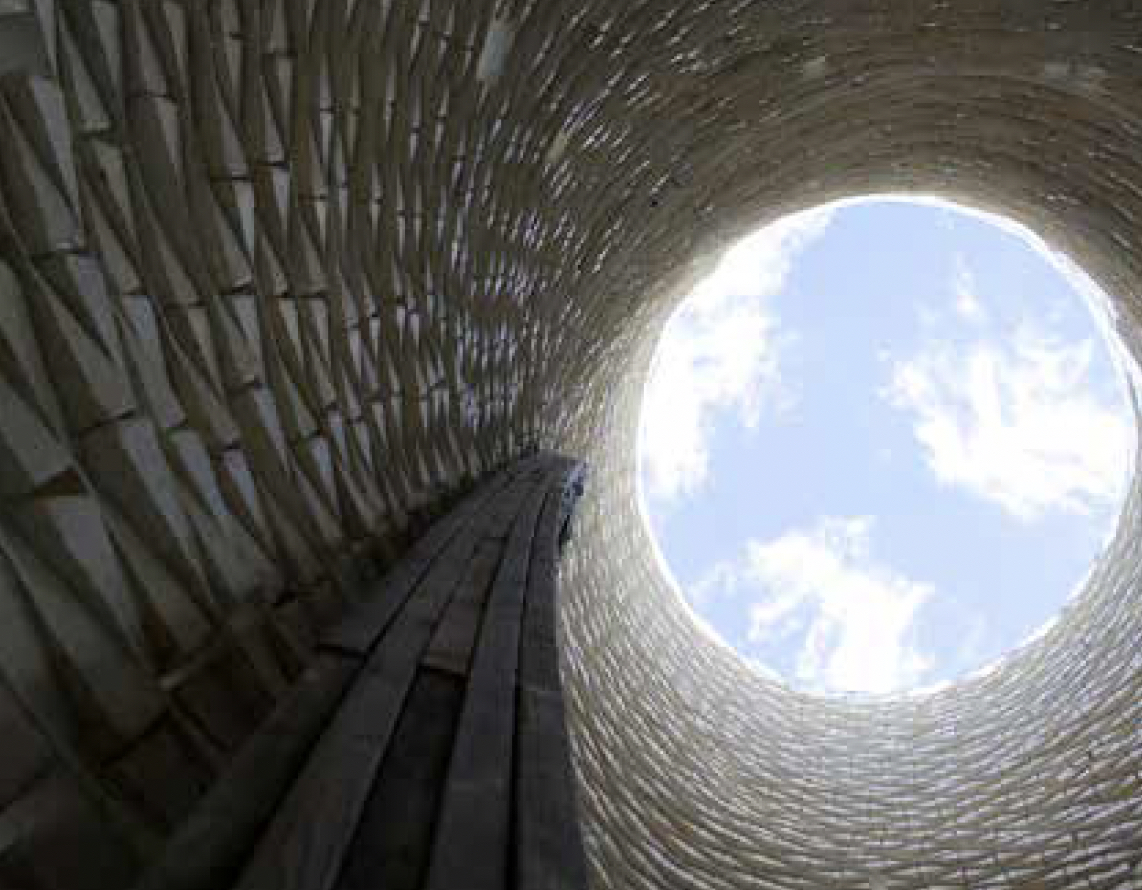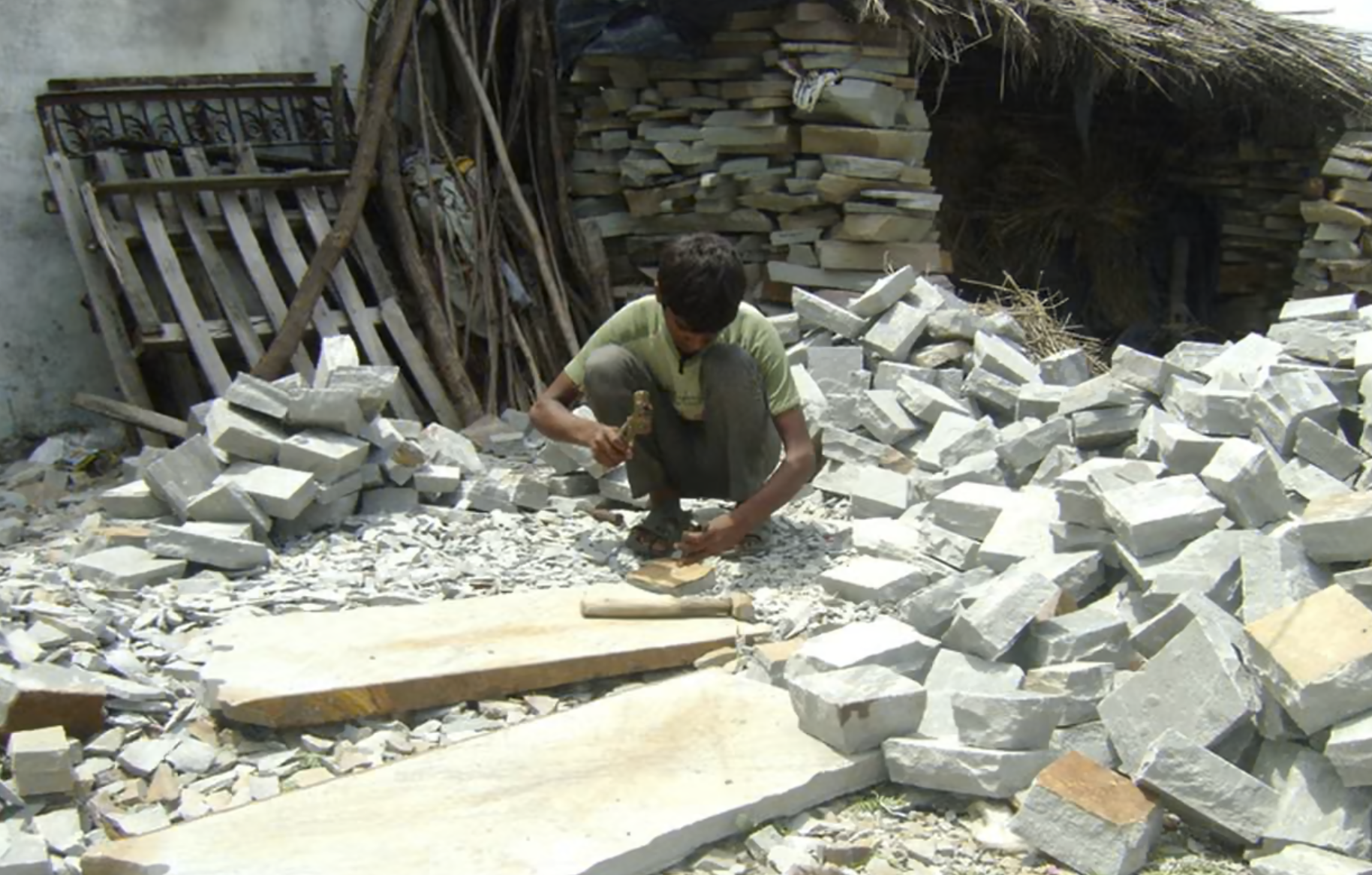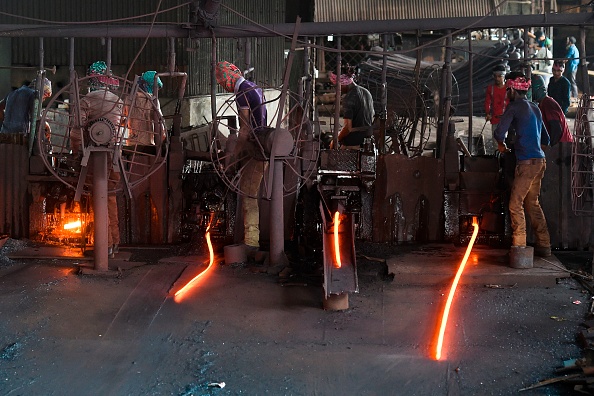
Modern slavery's imprint in the built environment
Understanding our large and largely invisible crisis
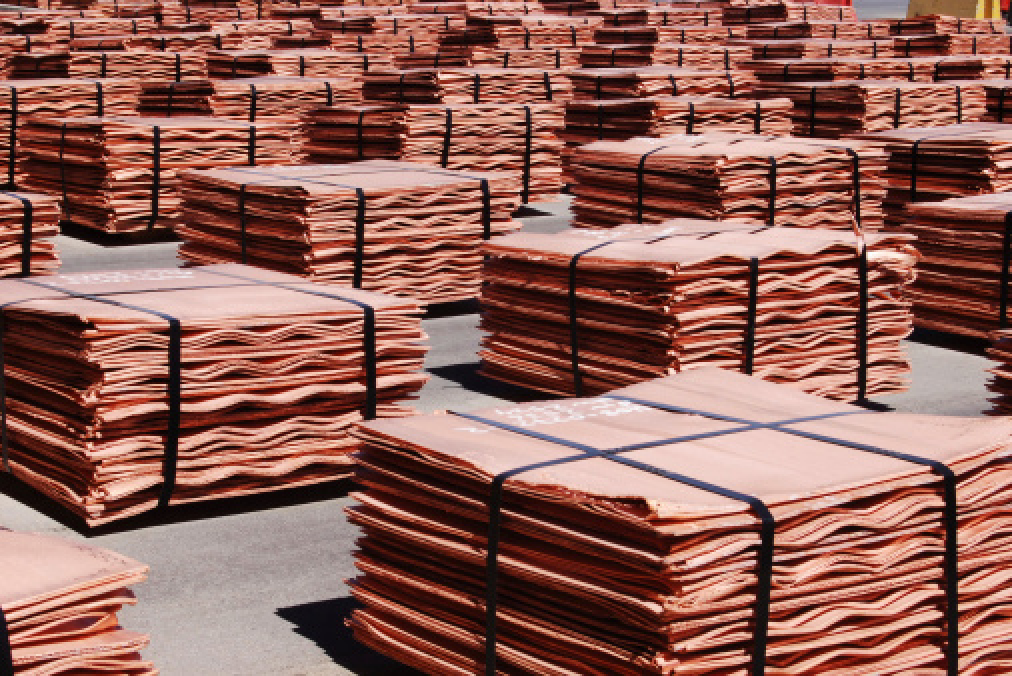
Forced labor and human trafficking is an estimated
$236 Billion Industry
The very nature of the built environment, its complexity, disaggregation, and lack of transparency, has enabled the growth of this criminal industry. The illegal use of forced labor across industrial sectors subsidizes corporate profits and has contributed to the expansion of this global industry.
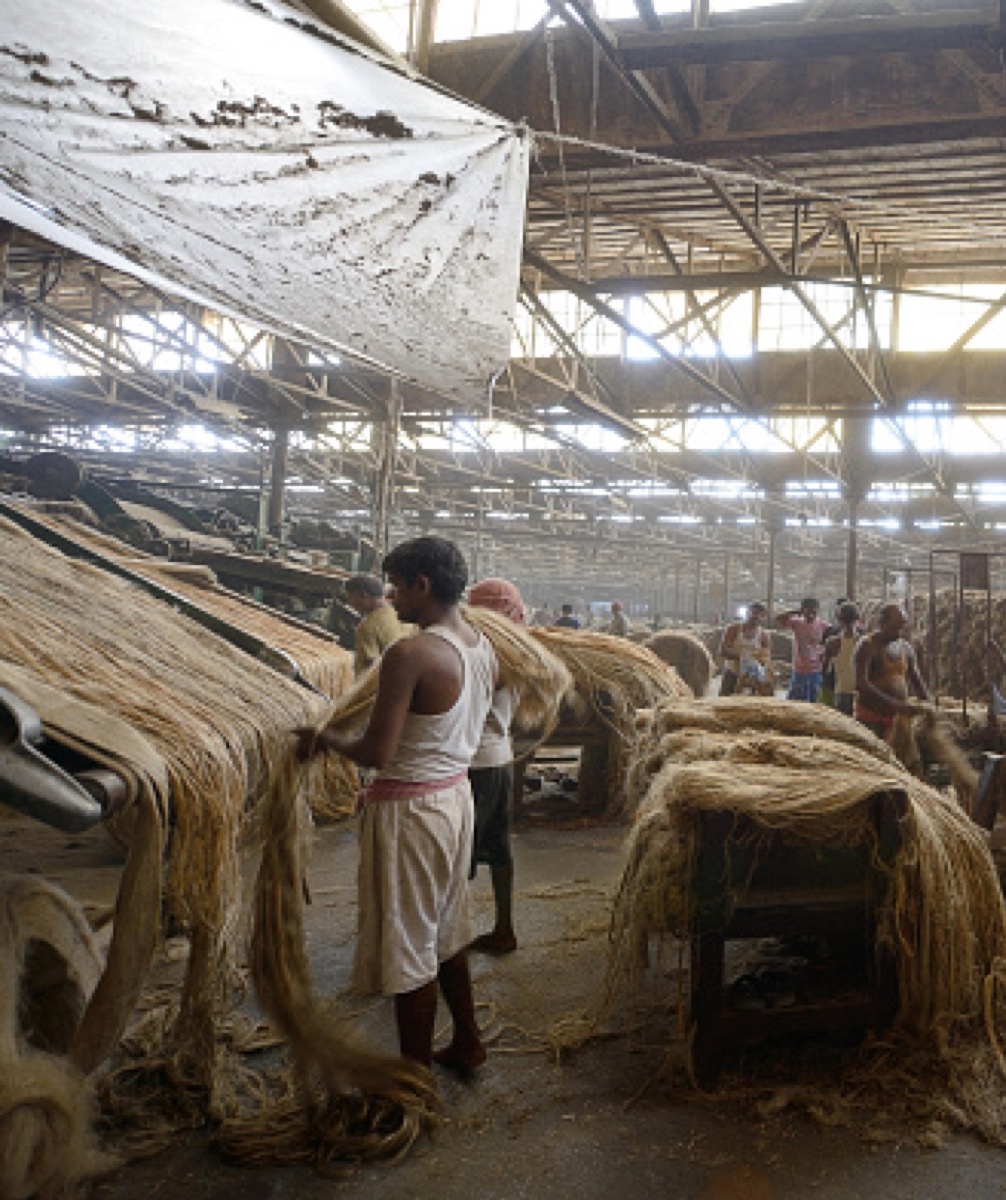
28 million
held in forced labor
While much of forced labor is out of sight, the conditions that produce forced labor are clearly visible. We know the millions held are the most vulnerable and come from impoverished communities or from areas of conflicts and disasters.
$12 trillion
While one of the largest industries in the world, the construction industry is fragmented and the lack of innovation has impeded its productivity.



Materials: from Timber to Steel
Raw and composite materials at highest risk of embedded slavery:
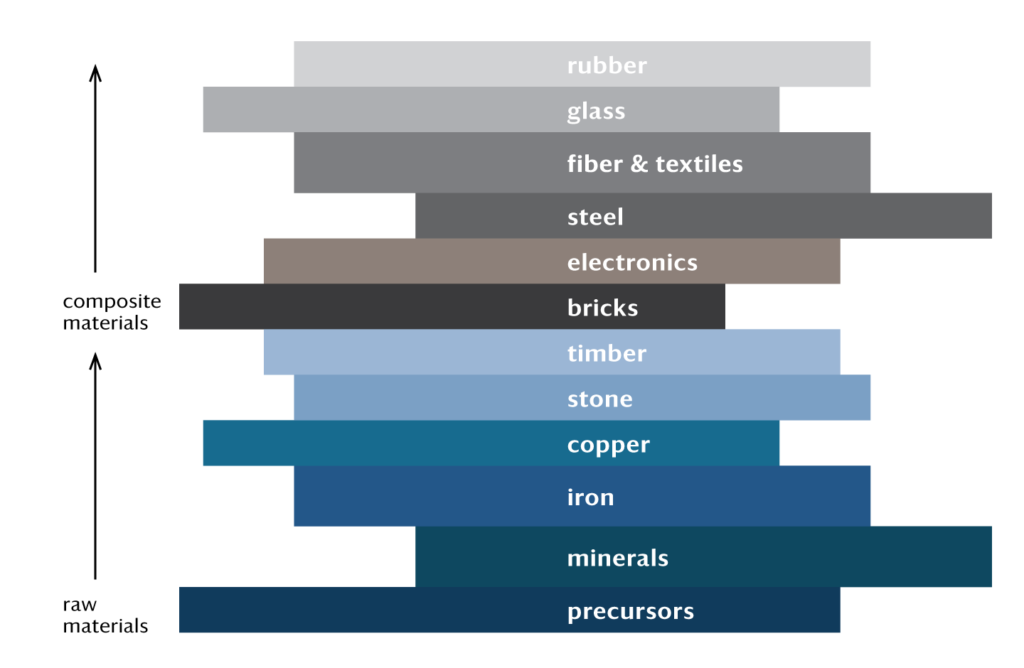
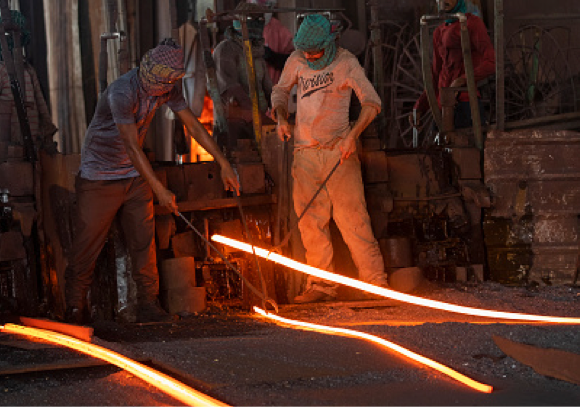
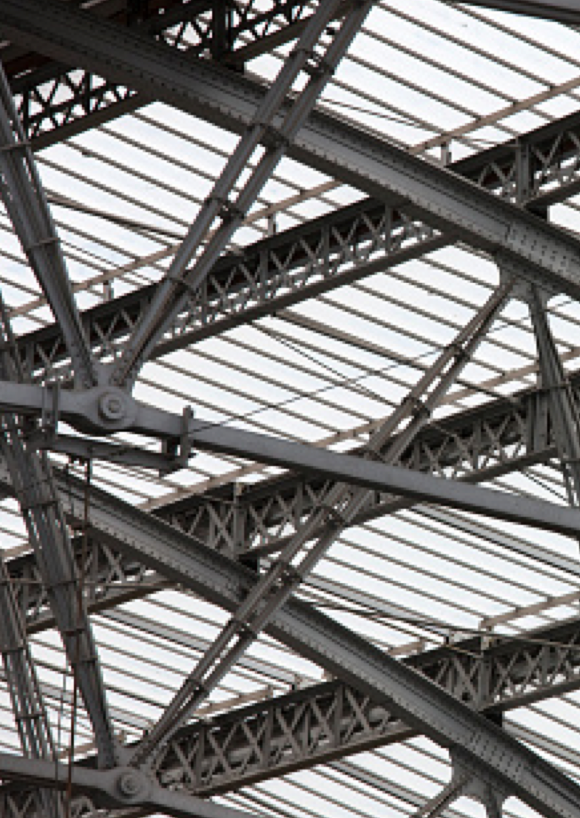
Steel
Steel undergoes complex processing with numerous materials including nickel, chromium, and manganese. This processing and material extractions are invisible doorways to forced labor.
READ MORE
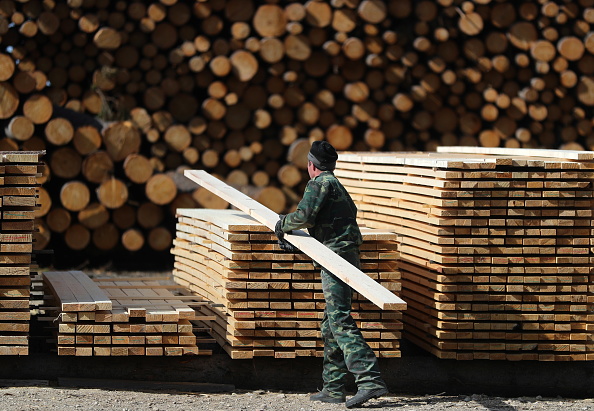
Timber
Timber is one of the most widely used construction material in the world, ranks as the 5th largest product by value at risk of forced labor imported into the United States.
Read More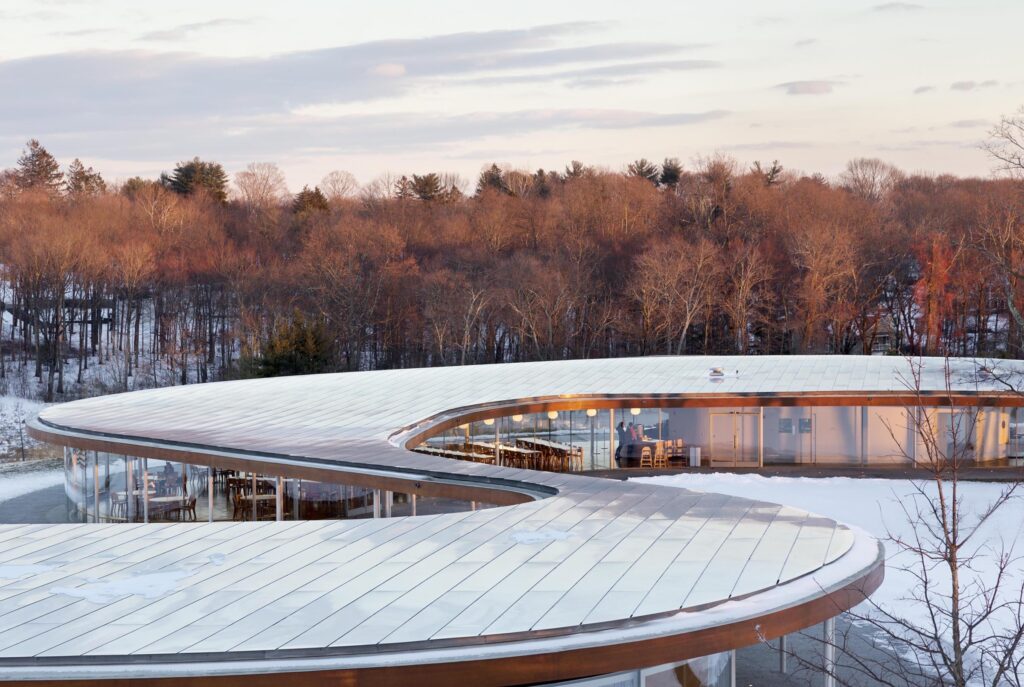
From Specification to Source: Grace Farms’ Roof Study
Grace Farms’ general contractor Sciame Construction examines source components used in our 60,000 square-foot roof. The methods used can help from specifications to sourcing.
Learn More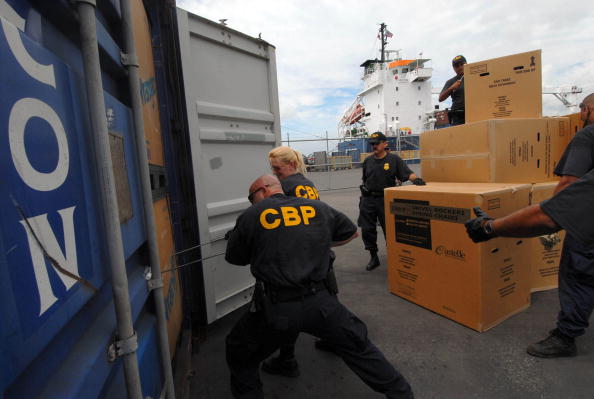
Slavery is illegal in every country
There is systemic use of forced labor in the building materials supply chain because forced labor is so hidden and profitable.
Learn More
State of international government oversight
Discussion of, and attention paid to, forced labor world-wide has steadily increased in recent years, and governments, like businesses, differ in their approaches to addressing this subject.
Read More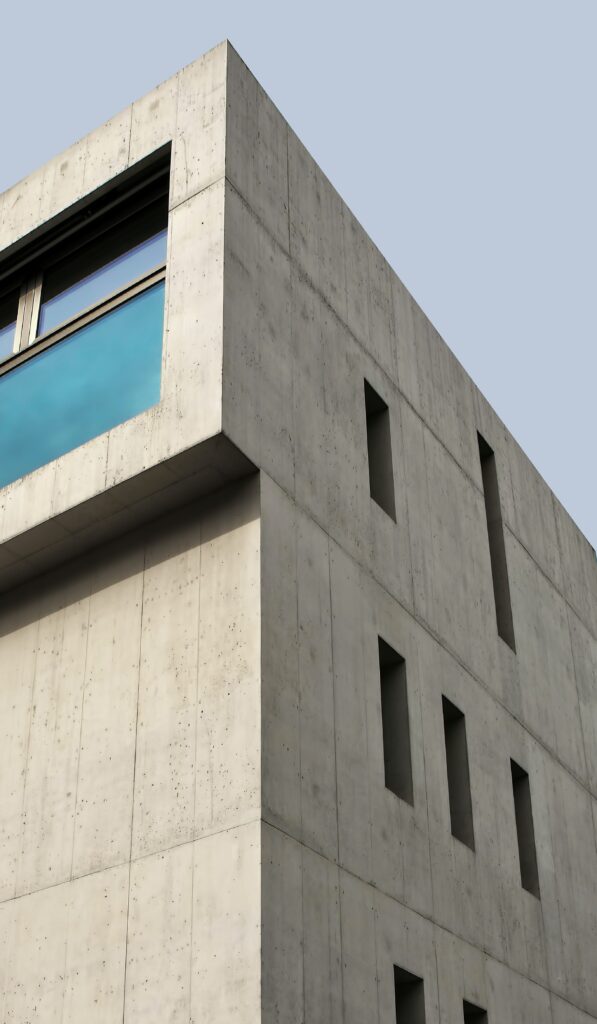
The moral imperative to examine our building materials supply chain
More than 100 industry leaders across a broad spectrum of the built environment have come together to collectively acknowledge that we must confront modern slavery’s permanent imprint. A sense of moral obligation underscores a mounting call to action to stop this inhumane and illegal act.
Read More